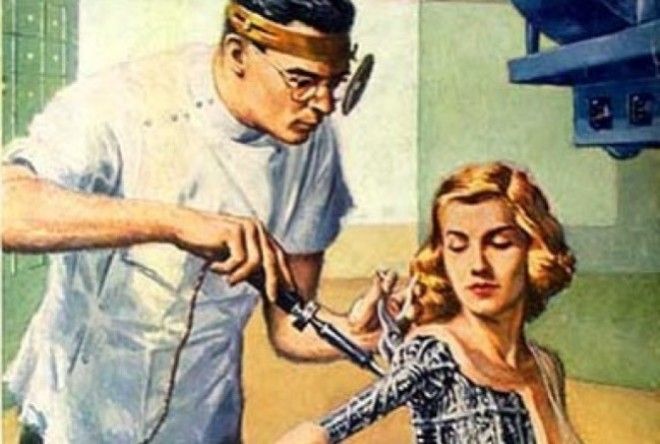We wants to share why the future of healthcare looks optimistic for you.
10. Holographic anatomy
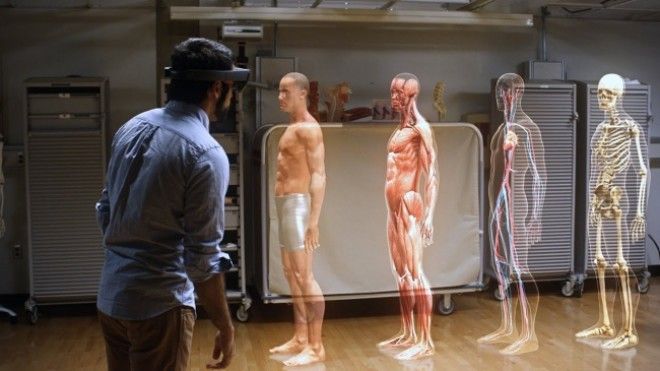
Microsoft is working on an augmented reality headset named HoloLens. It projects digital information onto what you are seeing. Imagine how easy it will be for the future generation of doctors to explore the human anatomy. Now picture a surgeon seeing beyond skin and bones without opening organs. This enhancement means more accurate surgeries.
9. Google contact lens
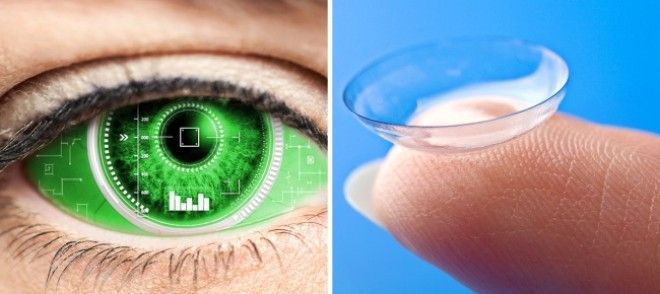
Google is, as usual, at the front of innovation with their digital multi-sensor contact lens. The lens is meant to help people with diabetes. Patients will no longer have to prick their fingers or use a continuous glucose monitor. The Google contact lens will do the job by constantly measuring the blood glucose levels in their tears.
8. 3D medical printing revolution
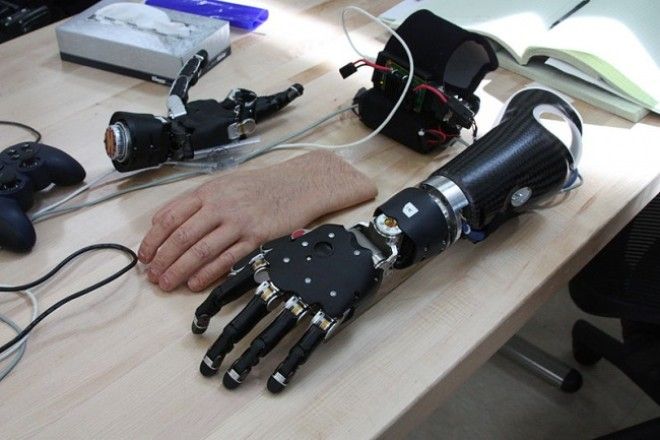
With 3D printing, the future is already here. Meanwhile, hospitals are humbly using 3D printers for small plastics, but the technology is setting itself up to remodel medicine in such areas as prostheses and implants. The innovative volunteer e-NABLE communityencourages any person in need to use various designs of 3D-printed hand and arm devices. To stimulate usage, the community has released free video tutorials and other helpful information about constructing prosthetic hands. Thanks to this, there are numerous feel-good stories coming from happy patients about how their life has changed with the individually designed prosthetic hands.
7. 3D-printed drugs
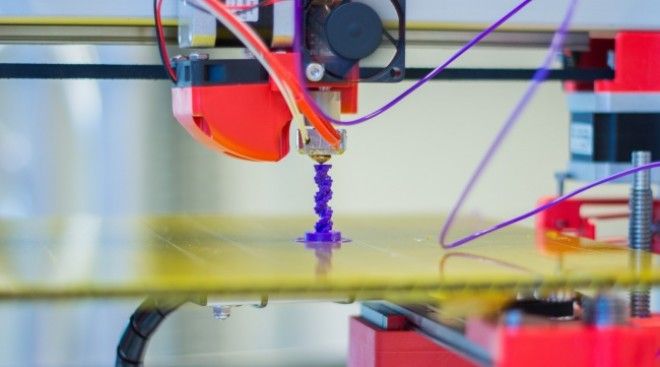
There is a realistic prospect of having your medicine 3D printed at home or right at the hospital, tailored to meet a patient’s needs. We are talking about bioprinting and patented molecules here. Ordinary drugs are usually pressed and molded, while a bioprinter assembles a capsule layer by layer without compressing it. Because its thin layers dissolve much quicker, the body will absorb the capsule faster. With certain diseases like epilepsy or stroke, such speed is crucial.
6. Printed organs
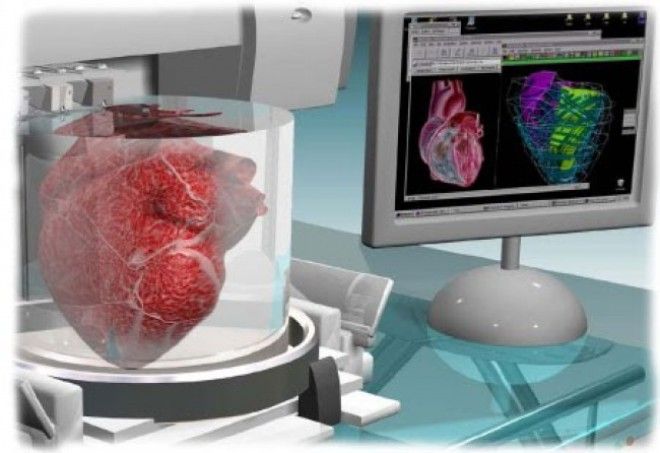
So you’ve read about 3D-printed implants, prostheses, and drugs. Now it’s time to break the news about 3D-created tissues and organs. 3D bioprinting is being actively studied in regenerative medicine to solve the organ transplant shortage. Scientists are finding ways to print biocompatible materials and cells, which can then be used to create living tissues.
5. Intelligent knife surgery
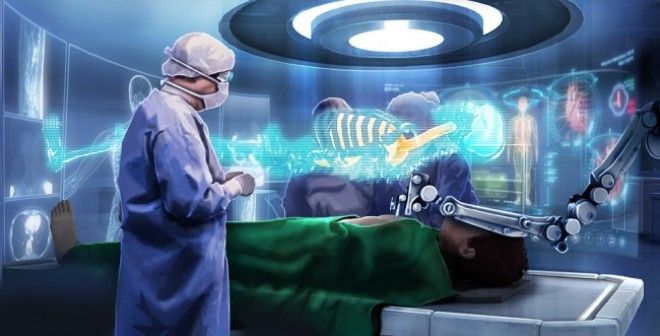
Surgical oncology is an efficient way to beat cancer. However, to avoid leaving a cancerous area, surgeons also need to remove the nearby tissues. With the new iKnife tool, tested by Imperial College London, the risk of leaving any cancerous cells in a patient will be minimized. The tool scans and quickly identifies tumorous areas, leaving no chance for regrowth from remaining cancerous cells. Now, that’s impressive real-time diagnostics!
4. Imaging technology for better diagnostics Advertising
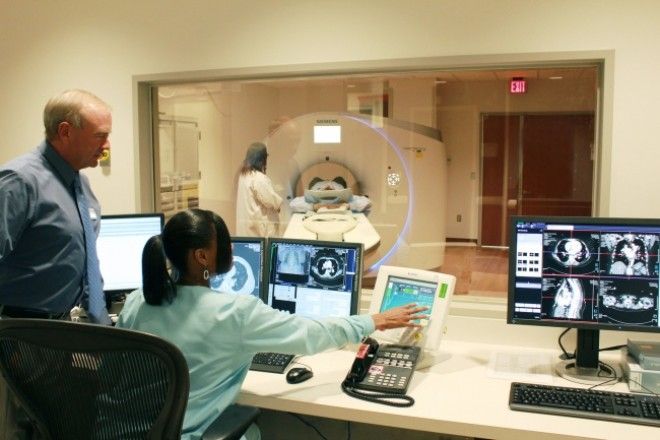
There is another very exciting piece of news about patients getting diagnosed more carefully and quickly by means of radiology. You might not have realized that you encounter radiology when you deal with X-rays and MRIs. But this equipment is gigantic and ambiguous in terms of reading the results and their accuracy. What scientists are working on right now is a radiological machine that would guarantee solid proof medical data. Imagine a scanner that could instantly detect diseased areas and provide biomarkers and symptoms.
3. Faster clinical trials
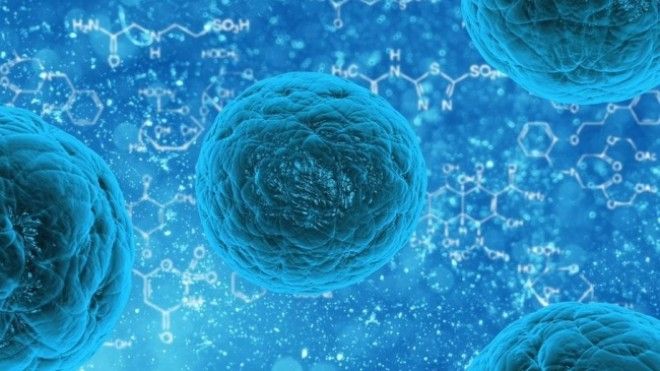
As opposed to today’s long and expensive clinical trials, the Harvard Organs-on-Chips technology pioneers microchips representing models of human cells. Drugs or components could be endlessly tested, which would make clinical trials quicker and even more precise. Moreover, the technology will help to completely eliminate animal testing.
2. Robots in healthcare
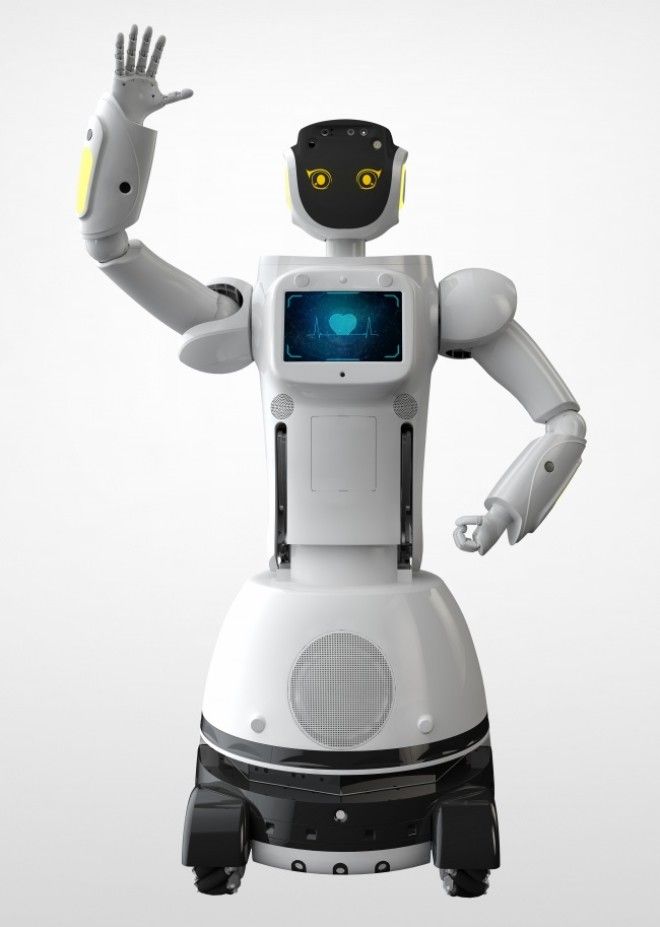
Robots are no longer attributes of sci-fi — they are widely employed in our household routines. Scientists are now introducing TUG robots that are able to carry around 450 kg of goods, materials, and clinical supplies in a hospital. Another technological assistant is RIBA, the friendly robot nurse meant to carefully lift patients in and out of beds and wheelchairs on command so that caregivers don’t have to struggle with backaches anymore.
1. Data ownership
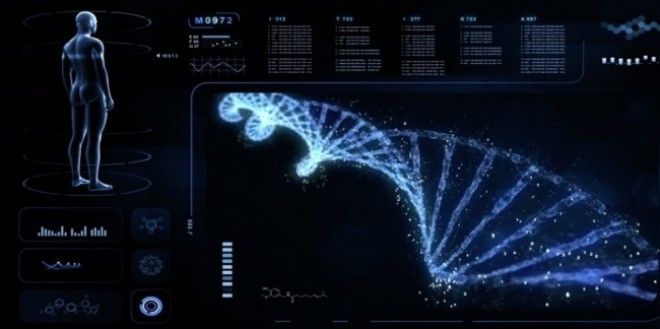
Have you been in that awkward situation where your medical file was lost, you are not allowed to see it, or it has been misinterpreted? That is because your health data is owned by hospitals, institutions, and labs. In the future, everything will simply be available to everyone thanks to the use of health sensors, wearables, and portable diagnostic devices. This approach is sure to bring peace of mind and improve overall healthcare efficiency. Just picture having all your medical files stored in one place and being able to access and share them.
